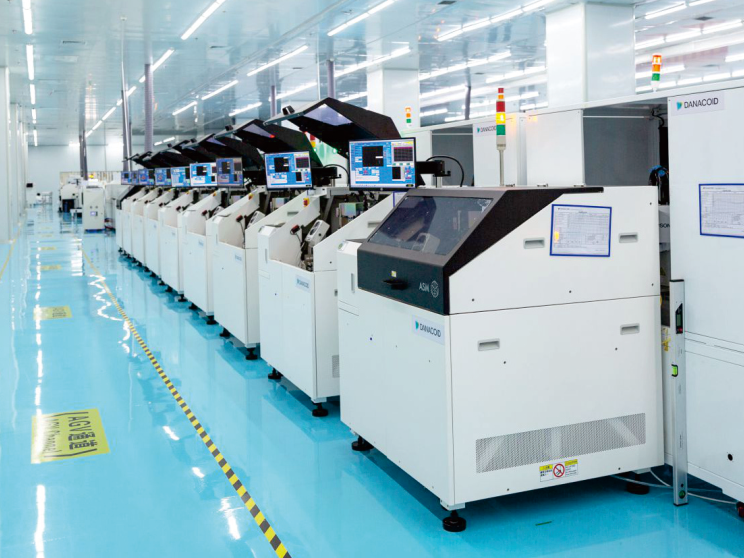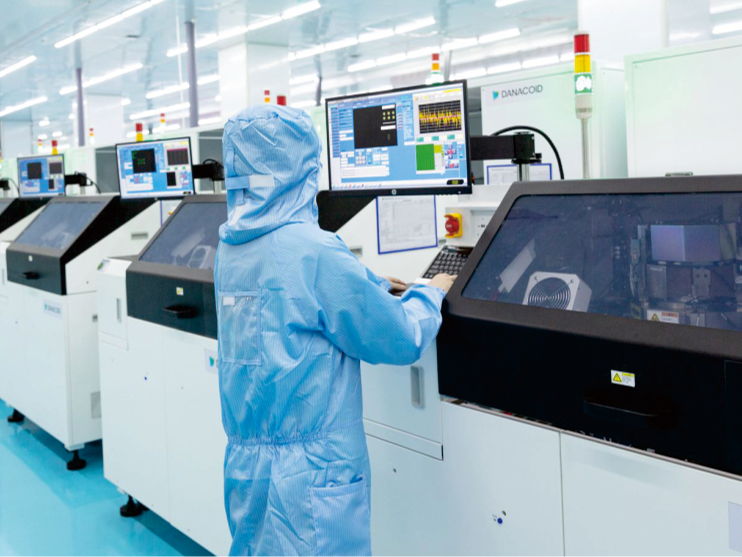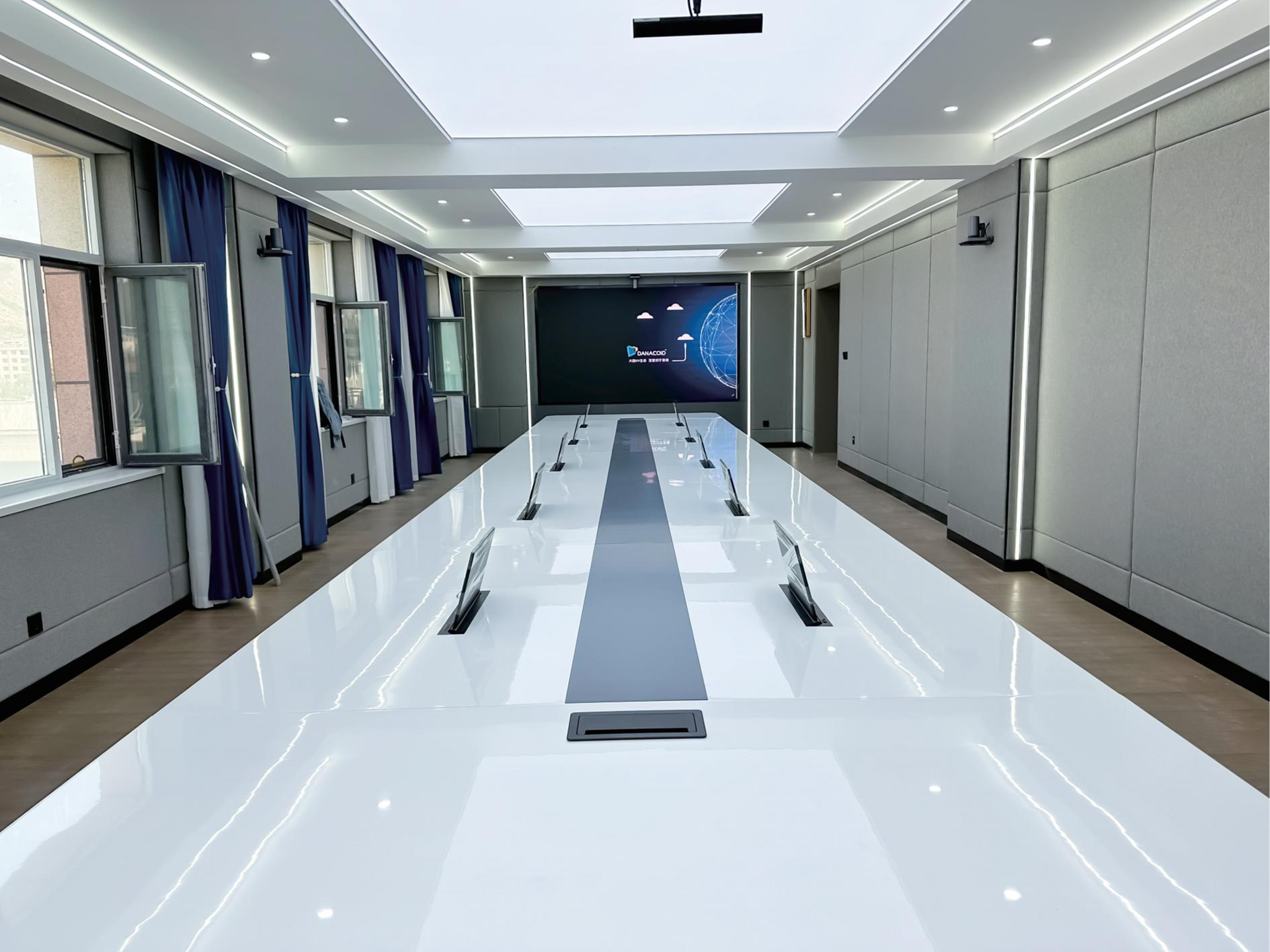Apa Saja Fitur yang Harus Diperhatikan dalam Memilih Mikrofon USB untuk Rekaman Suara?
Pengantar Mikrofon USB untuk Rekaman Suara
Mikrofon USB telah menjadi pilihan utama untuk perekaman suara dalam berbagai konteks seperti podcasting, pengajaran online, gaming, streaming, dan konferensi profesional. Mereka populer karena desain plug-and-play yang menghilangkan kebutuhan akan antarmuka audio kompleks, mixer, atau preamp tambahan. Dengan terhubung langsung ke komputer, perangkat ini memungkinkan baik pemula maupun profesional untuk menghasilkan rekaman berkualitas tanpa hambatan teknis yang rumit. Seiring meningkatnya permintaan akan perekaman suara yang jernih di dunia digital saat ini, semakin penting untuk memahami fitur-fitur apa saja yang membuat sebuah Mikrofon USB benar-benar cocok untuk perekaman suara. Memilih model yang tepat bukan hanya soal tentang harga tetapi juga spesifikasi teknis, kemudahan penggunaan, dan kemampuan menangani berbagai kondisi lingkungan.
Pentingnya Kualitas Audio
Kejernihan sebagai Persyaratan Utama
Saat merekam suara, kejelasan adalah yang utama. Mikrofon USB harus mampu menangkap nada suara secara alami tanpa distorsi, teredam, atau pewarnaan yang tidak diperlukan. Kebanyakan mikrofon USB modern menawarkan laju sampel 44,1 kHz atau 48 kHz, yang sudah cukup untuk rekaman suara berkualitas tinggi. Bagi yang tertarik pada proyek tingkat profesional, beberapa model menyediakan laju sampel 96 kHz dan kedalaman 24-bit, yang memberikan ruang gerak dan jangkauan dinamis yang lebih besar. Semakin tinggi resolusinya, semakin banyak detail suara yang terjaga, sehingga memudahkan proses penyuntingan dan pasca produksi.
Jangkauan respons frekuensi
Fitur lain yang memengaruhi kualitas adalah respons frekuensi. Untuk perekaman suara, mikrofon USB sebaiknya menekankan kejelasan di rentang frekuensi tengah, di mana sebagian besar suara manusia berada, sekaligus memberikan nada tinggi yang halus dan kehadiran frekuensi rendah yang memadai untuk menghasilkan kesan hangat. Respons frekuensi yang seimbang memastikan suara yang direkam terdengar alami dan profesional, bukan tipis atau terlalu diproses.
Pola Penangkapan Suara dan Pengaruhnya
Kardioid sebagai Standar untuk Suara
Pola penangkapan menggambarkan seberapa sensitif mikrofon terhadap suara dari berbagai arah. Untuk perekaman suara, pola penangkapan kardioid adalah yang paling umum dan efektif. Mikrofon USB kardioid dirancang untuk menangkap suara yang berasal dari depannya langsung, sambil mengurangi suara dari samping dan belakang. Ini menjadikannya ideal untuk perekaman di ruang kerja atau studio rumahan di mana kebisingan latar belakang bisa menjadi gangguan.
Alternatif untuk Kebutuhan Tertentu
Beberapa Mikrofon USB dilengkapi dengan pola penangkapan yang dapat diubah, menawarkan mode kardioid, omnidirectional, bidirectional, atau stereo. Meskipun kardioid tetap menjadi pilihan paling praktis untuk perekaman suara tunggal, mode bidirectional bisa berguna untuk wawancara, sedangkan mode stereo dapat menambah kedalaman untuk proyek kreatif tertentu. Kemampuan untuk beralih antar pola memberikan fleksibilitas yang lebih besar, tetapi mungkin tidak diperlukan bagi pengguna yang hanya fokus pada perekaman suara.
Fitur Bawaan yang Meningkatkan Kinerja
Preamplifier dan Konverter Terintegrasi
Karena Mikrofon USB tidak memerlukan antarmuka eksternal, mikrofon ini mengandalkan preamp dan konverter analog-ke-digital yang terpasang di dalamnya. Preamp berkualitas tinggi memastikan sinyal yang ditangkap kuat dan jernih tanpa menambahkan derau. Konverter yang baik mengubah sinyal suara analog menjadi format digital dengan kehilangan minimal, yang sangat penting untuk rekaman berkualitas profesional.

Kontrol Terpasang untuk Kemudahan Penggunaan
Beberapa Mikrofon USB memiliki kontrol praktis terpasang seperti pengaturan gain, tombol mute, dan monitor headphone. Fitur-fitur ini sangat membantu dalam perekaman suara karena memungkinkan pengguna mengatur tingkat audio secara real-time tanpa harus bergantung pada perangkat lunak. Monitor headphone langsung tanpa latensi memastikan pengguna dapat mendengar secara akurat seperti apa suaranya selama proses perekaman, mencegah kesalahan dan menghemat waktu pengeditan di kemudian hari.
Filter dan Pemrosesan Terpasang
Beberapa Mikrofon USB dilengkapi dengan filter high-pass untuk mengurangi dengungan frekuensi rendah dari pendingin ruangan atau lalu lintas. Sebagian lain mungkin memiliki noise gate atau kompresi bawaan untuk menyeimbangkan tingkat audio. Meskipun fitur-fitur ini bermanfaat, mereka sebaiknya dipandang sebagai pelengkap, bukan pengganti praktik perekaman yang baik. Untuk rekaman suara, pemrosesan yang halus dan mempertahankan nada alami suara lebih diutamakan.
Pertimbangan Desain dan Konstruksi
Ketahanan dan Portabilitas
Mikrofon USB tersedia dalam berbagai desain, mulai dari model portabel yang kompak hingga unit bergaya studio yang lebih besar. Bagi pengguna yang merekam di lapangan, desain yang ringan dan kokoh sangat penting. Pengguna yang umumnya merekam di satu lokasi mungkin lebih memilih mikrofon yang lebih berat yang dilengkapi dengan tripod berpenyetel untuk kestabilan. Bahan yang digunakan dalam konstruksi juga memengaruhi ketahanan jangka panjang perangkat.
Aksesori yang Meningkatkan Kegunaan
Banyak Mikrofon USB dijual lengkap dengan aksesori seperti pop filter, shock mount, dan meja berdiri. Pop filter mengurangi suara ledakan saat mengucapkan huruf seperti P atau B, sementara shock mount memisahkan mikrofon dari getaran yang disebabkan oleh pengetikan atau pergerakan meja. Adanya aksesori ini dapat meningkatkan kualitas keseluruhan rekaman suara tanpa memerlukan pembelian tambahan.
Kompatibilitas dan Konektivitas
Kenyamanan Plug-and-Play
Salah satu fitur utama Mikrofon USB adalah kemampuannya untuk terhubung langsung ke komputer tanpa memerlukan perangkat keras tambahan. Kompatibilitas dengan Windows dan macOS merupakan standar, dan banyak model kini juga dapat digunakan dengan perangkat mobile melalui adaptor. Versatilitas ini membuatnya mudah diakses oleh para pembuat konten yang bekerja di berbagai platform.
Integrasi perangkat lunak
Beberapa Mikrofon USB hadir dengan perangkat lunak pendamping yang memberikan kontrol tambahan terhadap EQ, kompresi, atau pengaturan perekaman. Meskipun tidak selalu diperlukan, hal ini dapat memberikan pengguna lebih banyak fleksibilitas dalam membentuk rekaman suara mereka. Integrasi dengan perangkat lunak perekaman populer seperti Audacity, Adobe Audition, atau GarageBand memastikan bahwa mikrofon berfungsi mulus dalam alur kerja profesional.
Kinerja di Berbagai Lingkungan
Mengatasi Ruangan Berisik
Banyak pengguna merekam di ruangan yang tidak diperlakukan secara akustik, sehingga kemampuan mengatasi kebisingan menjadi fitur penting. Mikrofon USB Polaritas Kardioid yang dipasangkan dengan teknik perekaman dekat membantu mengurangi suara lingkungan. Beberapa model dilengkapi dengan teknologi pengurangan kebisingan untuk meningkatkan kejernihan dalam kondisi ruang yang kurang ideal. Meskipun tidak dapat sepenuhnya menghilangkan kebisingan latar belakang, desainnya membuat mikrofon ini cocok untuk digunakan di lingkungan nyata.
Beradaptasi dengan Studio Profesional
Mikrofon USB semakin banyak digunakan dalam pengaturan studio semi-profesional. Model high-end dengan diafragma yang lebih besar dan tingkat sampling yang lebih tinggi dapat menghasilkan suara yang mampu menyaingi mikrofon XLR tradisional. Bagi pengguna yang menginginkan kesederhanaan tanpa mengorbankan kualitas, mikrofon USB premium dapat berfungsi sebagai alternatif yang praktis.
Kesimpulan
Memilih mikrofon USB yang tepat untuk rekaman suara melibatkan pertimbangan keseimbangan antara kualitas audio, pola penangkapan suara (pickup patterns), fitur bawaan, daya tahan, dan kompatibilitas. Mikrofon USB telah mempermudah akses ke audio berkualitas profesional dengan menyediakan solusi sederhana dan efektif bagi individu di berbagai industri. Kemampuan mereka dalam menghasilkan rekaman suara yang jernih dan alami baik di lingkungan santai maupun profesional membuatnya menjadi alat yang sangat penting di era digital. Saat memilih mikrofon USB, fokus pada kejernihan suara, pola penangkapan suara berbentuk kardioid, preamp terintegrasi, kontrol onboard, dan kompatibilitas akan memastikan mikrofon tersebut dapat memenuhi kebutuhan rekaman saat ini maupun masa depan.
FAQ
Apa yang membuat Mikrofon USB ideal untuk rekaman suara?
Kemudahan plug-and-play, preamp bawaan, serta kemampuan menghasilkan suara berkualitas tinggi tanpa peralatan tambahan membuatnya menjadi pilihan ideal.
Apakah pola penangkapan suara kardioid merupakan yang terbaik untuk rekaman suara?
Ya, pola pengambilan kardioid berfokus pada suara pembicara sambil mengurangi kebisingan latar belakang, menjadikannya yang paling efektif untuk merekam suara.
Apakah Mikrofon USB bekerja dengan smartphone dan tablet?
Banyak model modern kompatibel dengan perangkat seluler menggunakan adaptor yang tepat, memperluas fleksibilitas mereka di luar komputer.
Apakah Mikrofon USB cocok untuk penggunaan profesional?
Mikrofon USB kelas atas dapat menghasilkan rekaman berkualitas hampir seperti rekaman studio, sehingga cocok untuk podcast, streaming, dan bahkan produksi musik.
Bagaimana filter internal mempengaruhi kinerja?
Filter seperti opsi high-pass mengurangi kebisingan frekuensi rendah yang tidak diinginkan, sementara gerbang kebisingan di atas kapal dapat mengelola suara latar belakang.
Haruskah aku memilih mikrofon USB dengan kontrol internal?
Ya, memiliki kontrol gain, mute, dan monitor pada mikrofon itu sendiri memberikan kontrol yang lebih besar selama rekaman.
Apakah Mikrofon USB membutuhkan perangkat lunak khusus?
Tidak, mereka kompatibel dengan perangkat lunak perekam standar, tetapi beberapa model dilengkapi aplikasi pendamping untuk kustomisasi lanjutan.
Apakah aksesori seperti pop filter dan shock mount diperlukan?
Aksesori tersebut tidak wajib, tetapi sangat meningkatkan kualitas perekaman dengan mengurangi hembusan suara dan mengisolasi getaran.
Apakah Mikrofon USB bisa menangani lingkungan yang berisik?
Mikrofon ini bekerja dengan baik bila digunakan bersama pola penangkapan berbentuk kardioid, penempatan dekat, dan perangkat lunak penekan kebisingan opsional, meskipun tidak dapat sepenuhnya menghilangkan seluruh kebisingan.
Berapa lama mikrofon USB bisa bertahan dengan penggunaan rutin?
Dengan penanganan dan perawatan yang baik, mikrofon USB berkualitas dapat bertahan selama bertahun-tahun sambil mempertahankan kinerja yang konsisten.
Daftar Isi
- Pengantar Mikrofon USB untuk Rekaman Suara
- Pentingnya Kualitas Audio
- Pola Penangkapan Suara dan Pengaruhnya
- Fitur Bawaan yang Meningkatkan Kinerja
- Pertimbangan Desain dan Konstruksi
- Kompatibilitas dan Konektivitas
- Kinerja di Berbagai Lingkungan
- Kesimpulan
-
FAQ
- Apa yang membuat Mikrofon USB ideal untuk rekaman suara?
- Apakah pola penangkapan suara kardioid merupakan yang terbaik untuk rekaman suara?
- Apakah Mikrofon USB bekerja dengan smartphone dan tablet?
- Apakah Mikrofon USB cocok untuk penggunaan profesional?
- Bagaimana filter internal mempengaruhi kinerja?
- Haruskah aku memilih mikrofon USB dengan kontrol internal?
- Apakah Mikrofon USB membutuhkan perangkat lunak khusus?
- Apakah aksesori seperti pop filter dan shock mount diperlukan?
- Apakah Mikrofon USB bisa menangani lingkungan yang berisik?
- Berapa lama mikrofon USB bisa bertahan dengan penggunaan rutin?









